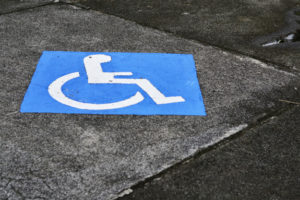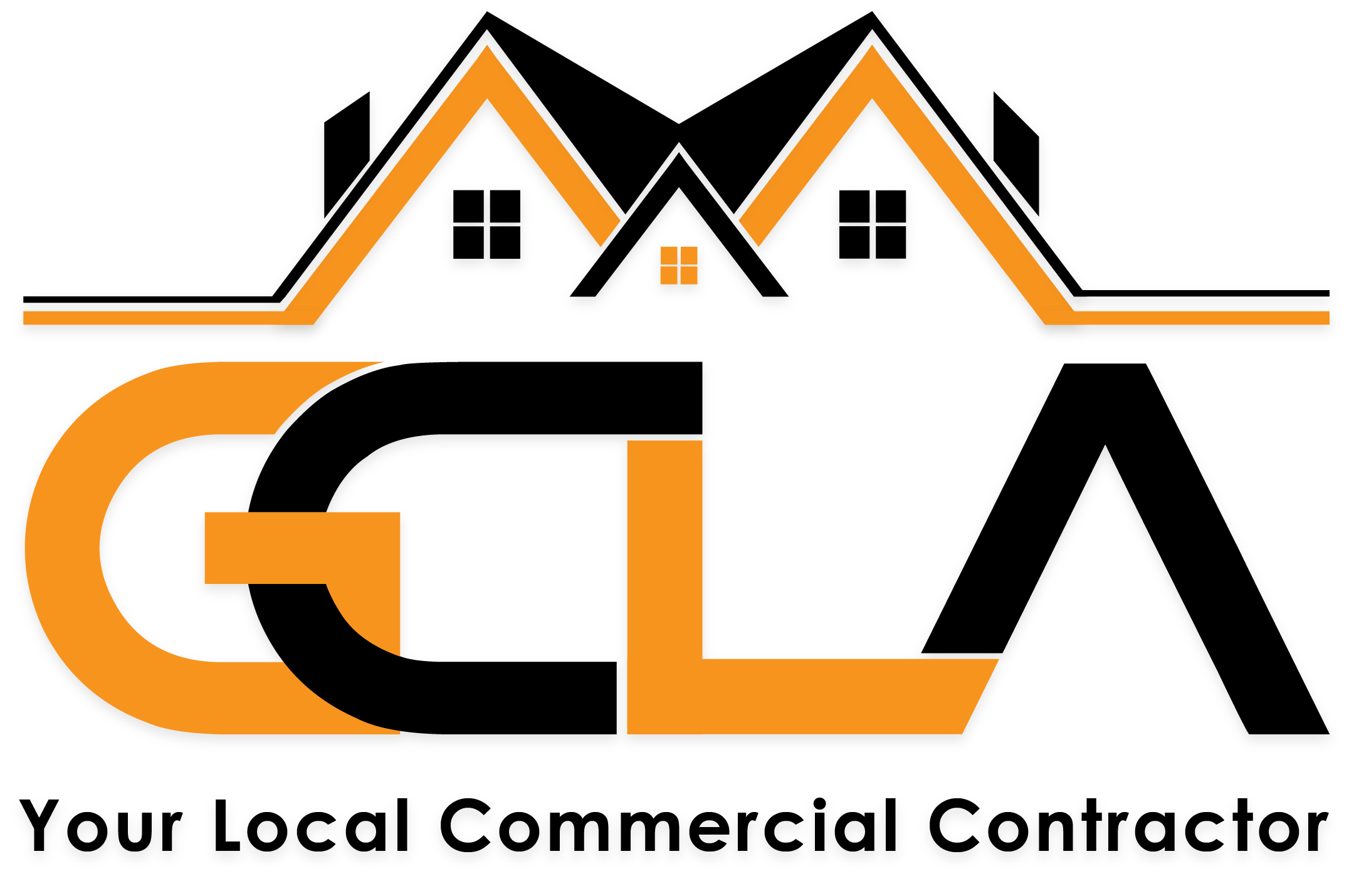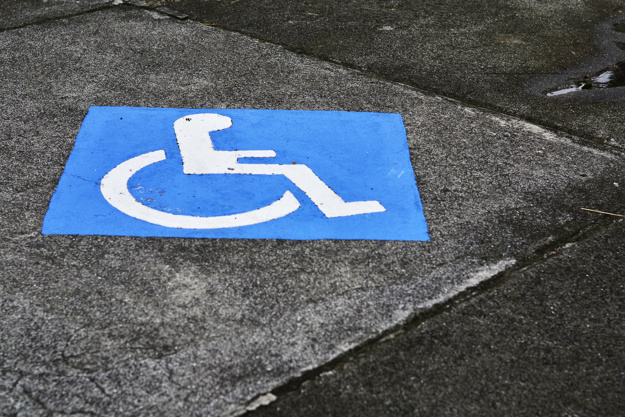When you’re planning to build a home or a commercial space, it is important to think about disabled individuals and how they’ll access the different parts of your property. This is quite important for public spaces or private homes where one of the occupants is disabled. It’s also good to remember that elderly persons and people with conditions such as arthritis may need help with mobility as well. Below, see the different products that you ought to incorporate into your property in order to make it handicap accessible.
Vertical lifts
Vertical lifts are designed to help the disabled travel up and down across different storey floors, stair cases or ground levels. Some vertical lifts are also specifically designed to aid mobility over elevated floor sections. Most of these lifts will hold one person (usually in a wheelchair) or the disabled person and their handler. They are usually rated in regards to load capacity as well as travel speed and maximum lift distance. The different aspects of your floor plan will determine what kind of vertical lift you need and where to have it installed.
Stairlifts
Unlike vertical lifts, stairlifts are designed to help physically challenged persons travel over stair cases. These are often used where there is no lift system available or where installing one is not possible. Stairlifts come in two main designs: straight-rail lifts and curved rail lifts. The former is designed for use over straight stair cases while the latter is designed for use over curved or spiral staircases. There also exists platform stairlifts which allow the disabled and their handler to board and travel together.
Ramps
 Ramps are another set of construction features designed to make properties handicap accessible. They are mostly constructed outside to help people using wheelchairs and scooters in and out of buildings. Most of these ramps are fixed and permanent. However, ramps can also be retractable or foldable especially in indoor settings. The ability to fold or retract indoor ramps helps to prevent accidents and to create space for those walking about when the ramps are not in use.
Ramps are another set of construction features designed to make properties handicap accessible. They are mostly constructed outside to help people using wheelchairs and scooters in and out of buildings. Most of these ramps are fixed and permanent. However, ramps can also be retractable or foldable especially in indoor settings. The ability to fold or retract indoor ramps helps to prevent accidents and to create space for those walking about when the ramps are not in use.
Outdoor mobility vehicles
You should also think about aiding your property visitors to move about outdoors and not just inside your building. The best outdoor mobility aid is the wheelchair. It’s economical and can be used by the majority of people suffering from mobility issues. Other options include scooters (mostly for the elderly), canes, and crutches. These are especially helpful in helping people access various buildings within a commercial or industrial complex.
Indoor access fixtures
Last, but not least, a handicap accessible property also needs to feature indoor access features built with the disabled in mind. For example, door handles and door knobs should be strategically placed at a height that allows easy access to those in wheelchairs. In private dwellings, the same should extend to alarm panels, intercom systems, locks, and even light switches. This allows those with handicaps to be self-reliant when moving about on the premises.

